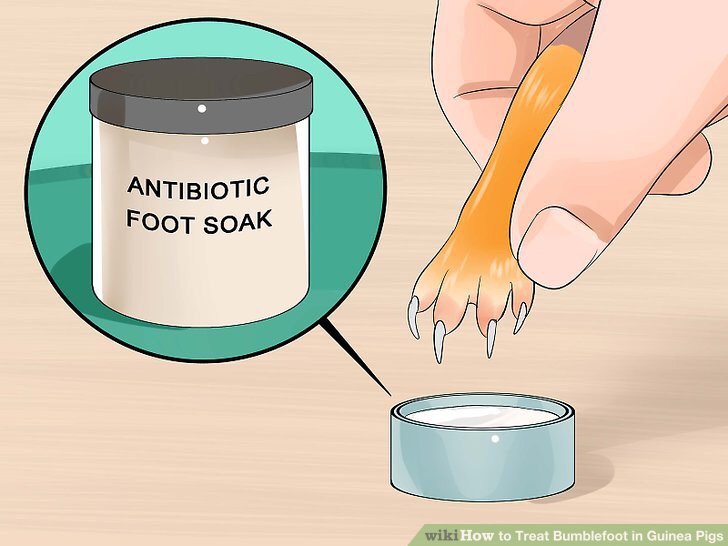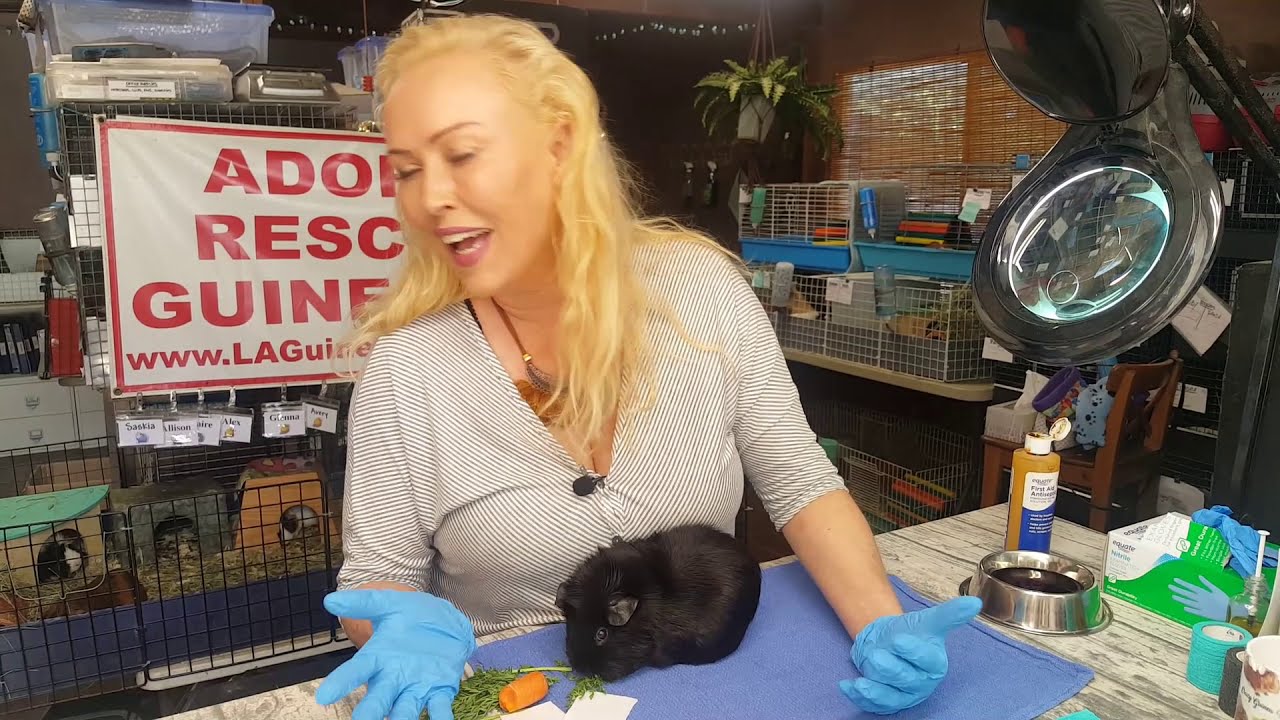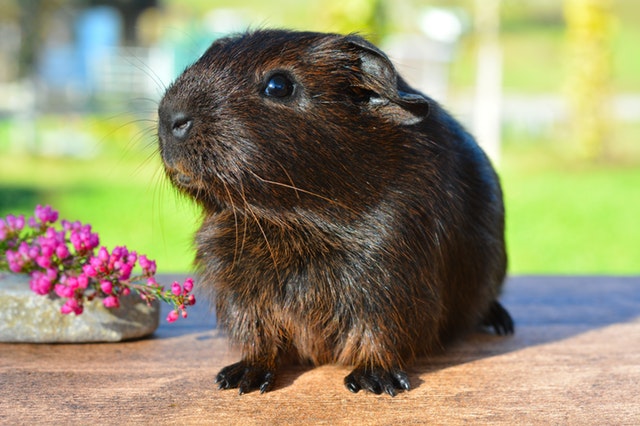Bumblefoot, also known as plantar dermatitis or pododermatitis, is a common infection that affects the feet of guinea pigs. It is caused by bacteria that enter the skin through a small cut or abrasion, typically on the bottom of the foot. This condition can be painful and potentially life-threatening if left untreated. As a responsible pet owner, it is important to understand the causes, signs and symptoms, treatment, prevention, and management of bumblefoot in guinea pigs.
Contents
- 1 Understanding Bumblefoot in Guinea Pigs: Causes and Symptoms
- 2 Treatment and Management of Bumblefoot in Guinea Pigs
- 3 Recognizing and Managing Bumblefoot in Guinea Pigs
- 4 Prevention and Control of Bumblefoot in Guinea Pigs
- 5 Bumblefoot in Guinea Pigs: A Veterinary Perspective
- 6 Case Studies of Bumblefoot in Guinea Pigs
- 7 Current Research and Advancements
- 8 Conclusion
Understanding Bumblefoot in Guinea Pigs: Causes and Symptoms

Bumblefoot, or plantar dermatitis, occurs when bacteria enter the skin through a small cut or abrasion, usually on the bottom of a guinea pig’s foot. This condition can become severe if not treated. Here are some factors that can contribute to the development of bumblefoot:
Risk Factors for Bumblefoot
- Rough Surfaces: Guinea pigs kept on wire cage floors or concrete are at higher risk due to continuous pressure and friction on their feet.
- Obesity: Excess weight places more stress on guinea pig feet, raising the risk of bumblefoot.
- Poor Hygiene: Unsanitary living conditions expose guinea pigs to more bacteria, increasing the likelihood of infection.
- Vitamin C Deficiency: As guinea pigs cannot produce vitamin C naturally, a lack in their diet weakens their immune system, making infections like bumblefoot more likely.
Signs and Symptoms of Bumblefoot
- Red and inflamed foot pads
- Swelling and tenderness
- Presence of abscesses or sores
- Limping or difficulty walking
- Weight loss
- Reduced appetite
- Hesitance to move
Regularly check your guinea pig’s feet and consult a vet if any of these symptoms are observed.
Treatment and Management of Bumblefoot in Guinea Pigs

Treatment varies depending on infection severity. Always seek veterinary guidance for accurate diagnosis and treatment. Common treatments include:
Cleaning and Soaking the Feet
Initial treatment involves cleaning and soaking the affected foot in warm water mixed with a vet-recommended antiseptic to soften scabs or abscesses.
Antibiotics
A vet may prescribe antibiotics to combat the infection. Completing the full course as directed is crucial to prevent recurrence.
Surgical Intervention
Severe cases involving large abscesses or bone infection might require surgery to remove infected tissue. Follow all pre- and post-surgery instructions from your vet.
Recognizing and Managing Bumblefoot in Guinea Pigs
Being vigilant and performing regular checks can help you spot bumblefoot early. Managing bumblefoot involves:
- Providing Soft Bedding: Avoid wire cages; use soft, clean bedding like fleece to reduce injury risk and keep feet dry.
- Monitoring Weight: Keep your guinea pig on a balanced diet to maintain a healthy weight and prevent undue pressure on their feet.
- Maintaining Cleanliness: Regularly clean the living area to reduce bacterial exposure.
- Ensuring Vitamin C Intake: Include vitamin C supplements in your guinea pig’s diet if necessary.
Prevention and Control of Bumblefoot in Guinea Pigs
Preventing bumblefoot is key. Measures include:
Proper Housing and Flooring
Avoid wire or concrete floors, using soft bedding instead. Provide resting platforms or blankets if wire cages are used.
Regular Cleaning
Keep the living area clean and dry, removing waste promptly.
Balanced Diet
Feed a balanced diet rich in fresh vegetables and fruits that provide vitamin C. Avoid old or moldy food.
Health Check-ups
Schedule regular veterinary check-ups to monitor health and detect issues early.
Bumblefoot in Guinea Pigs: A Veterinary Perspective

Dr. Maria Rodriguez, an expert in exotic pets, notes that bumblefoot is common in guinea pigs kept in suboptimal conditions. She highlights the importance of early detection and treatment to prevent severe infections or even amputation.
Case Studies of Bumblefoot in Guinea Pigs

Case Study 1
A male guinea pig, aged 2, was diagnosed with severe bumblefoot requiring surgery and eventual foot amputation due to bone infection.
Case Study 2
A female guinea pig, aged 3, had early-stage bumblefoot identified during a routine check-up. Daily cleaning and soaking resulted in reduced redness and swelling after a week.
These cases underscore the importance of regular checks and prompt veterinary care.
Current Research and Advancements

Studies are exploring new treatments, such as laser therapy, which has shown effectiveness in reducing inflammation and promoting healing. Research into topical treatments and wound dressings specifically for bumblefoot is ongoing.
Conclusion
Bumblefoot is a serious condition requiring attention to prevent complications. Regular foot checks, maintaining hygiene, and a balanced diet are essential to prevent and manage bumblefoot. Early detection and veterinary care are crucial. If signs of bumblefoot are observed, seek veterinary assistance immediately to ensure the health and well-being of your guinea pig.
